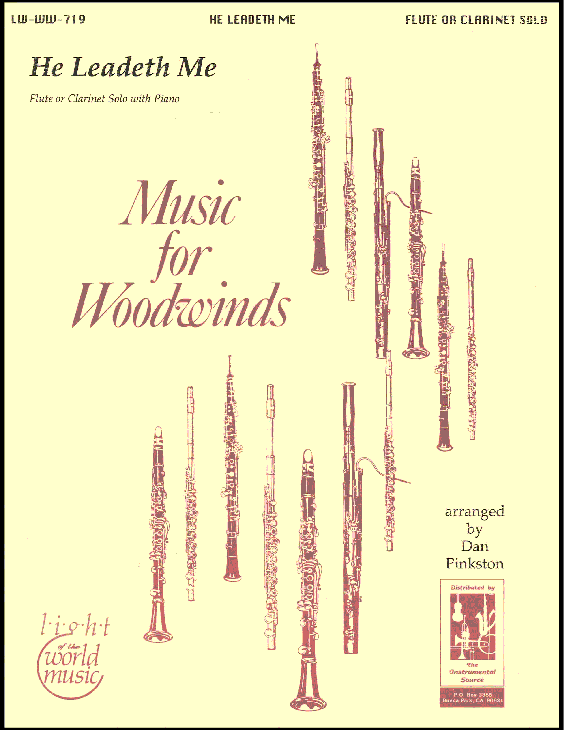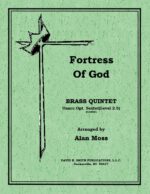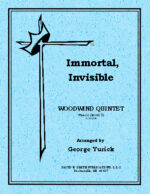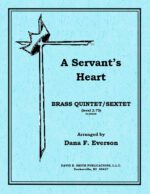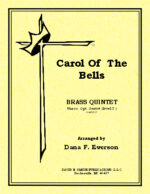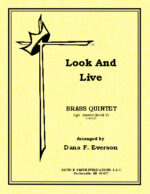| Instrument | |
|---|---|
| Level | 5 |
| Occasion | |
| Tune Name | |
| Theme | How Great Our Joy |
| Hymn First Line | How Great Our Joy |
| Writer | |
| Composer | |
| Publisher | |
| Copyright | 1997 |
| Key | G |
| Meter | 4-4 |
| Idiom | Woodwind quintet |
| Form | Song (ternary) |
How Great Our Joy
$15.00
Related products
-
-
Like A River Glorious
$12.00This quintet (opt. Sextet) begins with extraneous motifs leading into the first statement of the theme in the low brass offset by answering material in the trumpets. The pieces continues in this question and answer texture passing motivic material around the parts. Then in a transition mimicking the beginning a modulation takes place where the theme is more expressive and becomes more aggressive leading up to a majestic coda where it ends on a thought-provoking conclusion.
-
-
A Servant’s Heart
$10.00A brass quintet, optionally sextet, begins with a soulful trombone solo joined with the remainder of the lower brass instrument only to be taken over by the trumpets. The middle section uses a punctuated accompaniment for nice variety only to migrate to the flowing style of the beginning. It then ends in solemn repose.
-
Only A Sinner
$10.00A woodwind quartet for Flute, oboe, and two clarinets with optional parts for flute and alto sax. Plus a set of fifth parts for bassoon or bass clarinet can allow for the piece being a quintet. The first statement is in the clarinets where it leads into a full ensemble passing the lines amongst the parts. A delightful little segue leads to a modulation where the tune is in the lower lines alternated with flourishes in the flutes. This Alternating texture carries on for some time. Then the tempo picks up for a vibrant exclamation where the theme is once again bantered about where it makes one final boast and concludes.
-
Carol Of The Bells
$12.00A traditional quintet with optional sixth part baritone, this driving arrangement passes the melodic material constantly around the ensemble. A fun piece to play!
-
How Firm A Foundation
$12.00Opening with a fanfare, the first section is in block harmonization with some moving lines. It then moves into melodic statements in the lower instruments with supported obiligatti in the trumpets and horn. The structure again becomes solid in scoring only to return with similar trumpet obbligati. The obbligati is next introduced in the lower voices and then increased rhythmic activity in all voices builds to a solid ending.
-
Look And Live
$12.00A traditional brass quintet with opt. trumpet for horn and extra baritone for use as a sextet. The introduction uses extraneous material where it leads in the first theme in the French horn, supplemented by trombone counterlines and trumpet flourishes. Thematic movies are then embellished leading up to a modulation where the tempo slows and a new mood encountered. The first trumpet carries the lead and offset with a horn duet line. Another modulation, an a-tempo with the theme in the low brass and accompaniment lines in the middle brass. This continues until the voices stack up until a boisterous conclusion is achieved.

